HTC One max Review - It's Huge
by Brian Klug on October 28, 2013 10:00 AM EST- Posted in
- Smartphones
- HTC
- Mobile
- One
- Snapdragon 600
- Android 4.3
- One max
The One max joins a small but growing list of phones that include a fingerprint scanner for unlocking the device. I’ll leave the discussion about whether fingerprints are fundamentally usernames or passwords for another day, but fingerprint scanners seem to be in vogue right now for mobile phones. You could make the case that the perceived increase in security that comes with fingerprint scanners is both an enterprise or consumer play, again I’ll leave that philosophical discussion for another day. I remember the Motorola Atrix and its fingerprint scanner being a big deal a while ago, since then we’ve had the iPhone 5s dramatically reintroduce the fingerprint scanner and now the One max follow suit.
The One max fingerprint sensor is a swipe type, meaning there’s some kind of strip sensor inside that you swipe your finger across. Sliding your finger over this strip allows the module to scan a 2D region and extract features that are then used to identify a fingerprint. The One max hides this scanner inside a black square that’s slightly recessed on the back of the device, just beneath the camera. I’m reminded somewhat of the LG G2 and its rear-mounted power and volume buttons which also sit just beneath the rear-facing camera. Perhaps that’s a missed opportunity for LG, which could have also gone with a swipe type sensor in its power button. On the One max anyhow there’s no button, just the sensor. Although the fingerprint sensor is recessed slightly, it’s somewhat difficult to locate with just one’s index finger, something that results in inadvertent smudging of the rear-facing camera cover glass, something that didn’t happen as much with the G2 because there’s a larger lip and easily locatable bump.
The placement of the fingerprint sensor makes sense given that of the power button. As stated earlier for right handed users this means your index finger sits naturally near the sensor if your thumb is on the power button. Since the fingerprint button still requires activation to unlock the One max, you still need to press power to turn it on before you can swipe your finger and finally unlock it. I find myself wishing the fingerprint sensor was itself a button, something like the iPhone 5s, so unlocking could be as simple as pressing and swiping with the same finger. On the iPhone 5s the best activation pattern is pressing the home button and leaving the finger in contact with the button.
Setup requires you to set a passcode, after which a few training swipes trains the sensor for the finger you’ve chosen. Although the animation that plays shows the finger aligned along the long axis of the phone, for greater accuracy I trained the One max with my finger at the angle it would naturally be given my thumb on the power button. The only requirement given the swipe sensor is that the slide motion is straight down and not skewed.
The One max fingerprint sensor allows for up to 3 fingers to be paired, each able to either unlock or have the option of both unlocking and launching an application. I like the idea of fingerprints as shortcuts, something the iPhone 5s implementation lacks, but three fingers seems like a curiously low number given the ten digits humans have to work with. On the other hand, the placement of the button really limits you to middle and index fingers being viable options. In terms of functionality, although Apple doesn’t yet use fingerprints as shortcuts, Apple does use the fingerprint scanner to authenticate iTunes, iBooks, and App Store purchases, something HTC can’t quite do with the One max for Google Play purchases, at least until Google makes an API for it.
I initially trained the fingerprint sensor with my index finger being swiped straight down, and had some issues with unlocks requiring multiple swipes. Doing finger enrollment and training at an angle closer to how I actually swipe it naturally (at an angle) made the accuracy better, but the reality is that unlocking the One max still requires multiple tries more often than not. There isn’t much processing latency after a scan, but I had hoped the One max sensor would be tap and hold rather than swipe given its shape. I’m not clear what suppliers are involved for the sensor, but I’m told the One max also securely stores just the extracted features and not the fingerprint images (which is a no brainer). I haven’t delved much into the infrastructure used to secure the fingerprint features yet either. I’m also not sure whether the One max learns additional parts of the finger which wasn’t part of initial training the same way Apple’s does.
Although I don’t think anyone has totally nailed the fingerprint sensor yet on a device, the One max implementation definitely is further from perfection than Apple’s. Although it does work reasonably well, it still isn’t the transparent kind of convenience that I feel will compel users who ordinarily wouldn’t have to used a passcode to go and use the fingerprint scanner. I’ve continued using the fingerprint scanner on the One max, however.


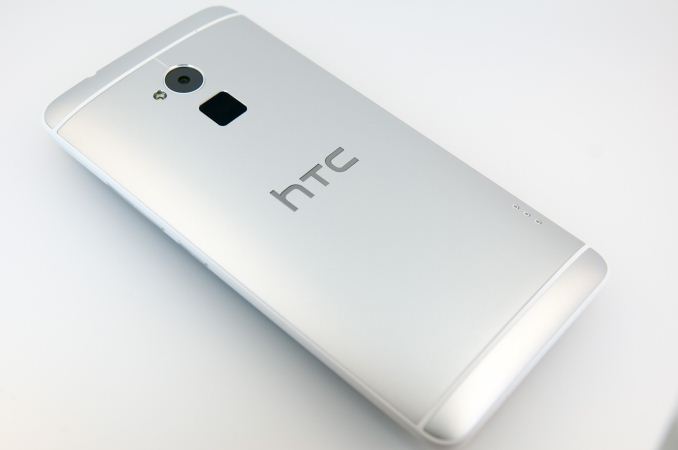
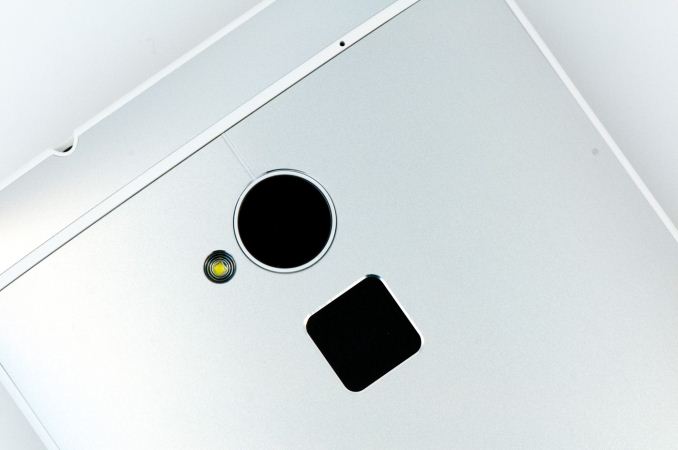
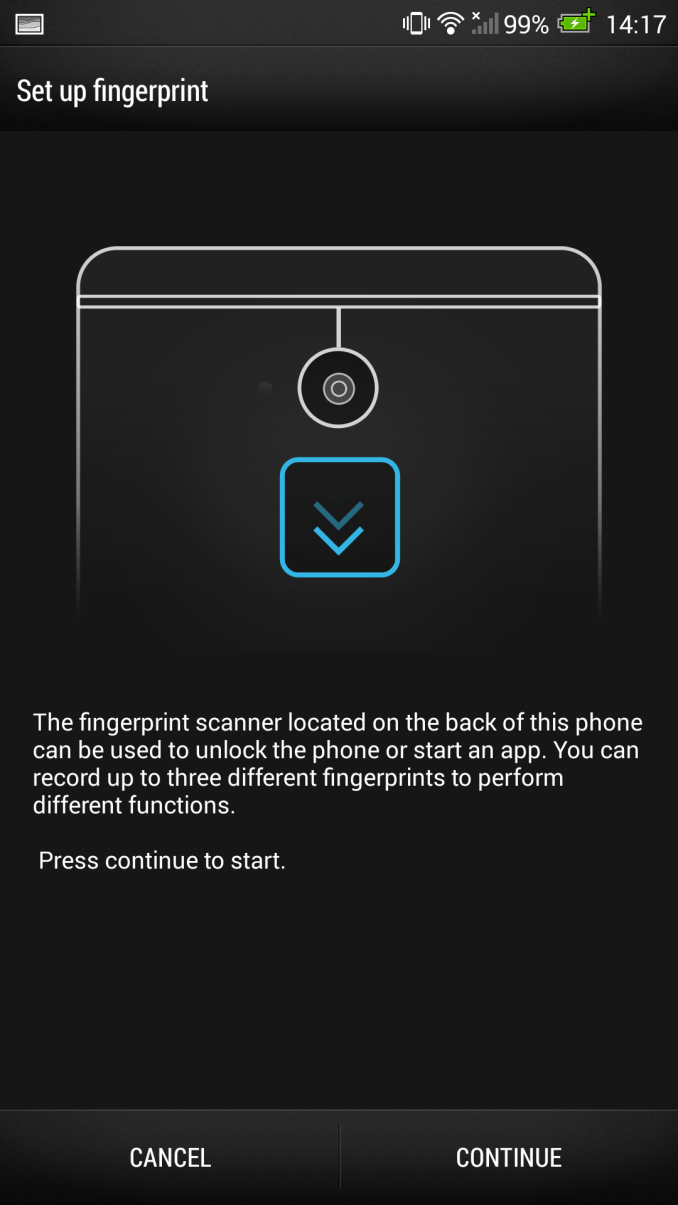
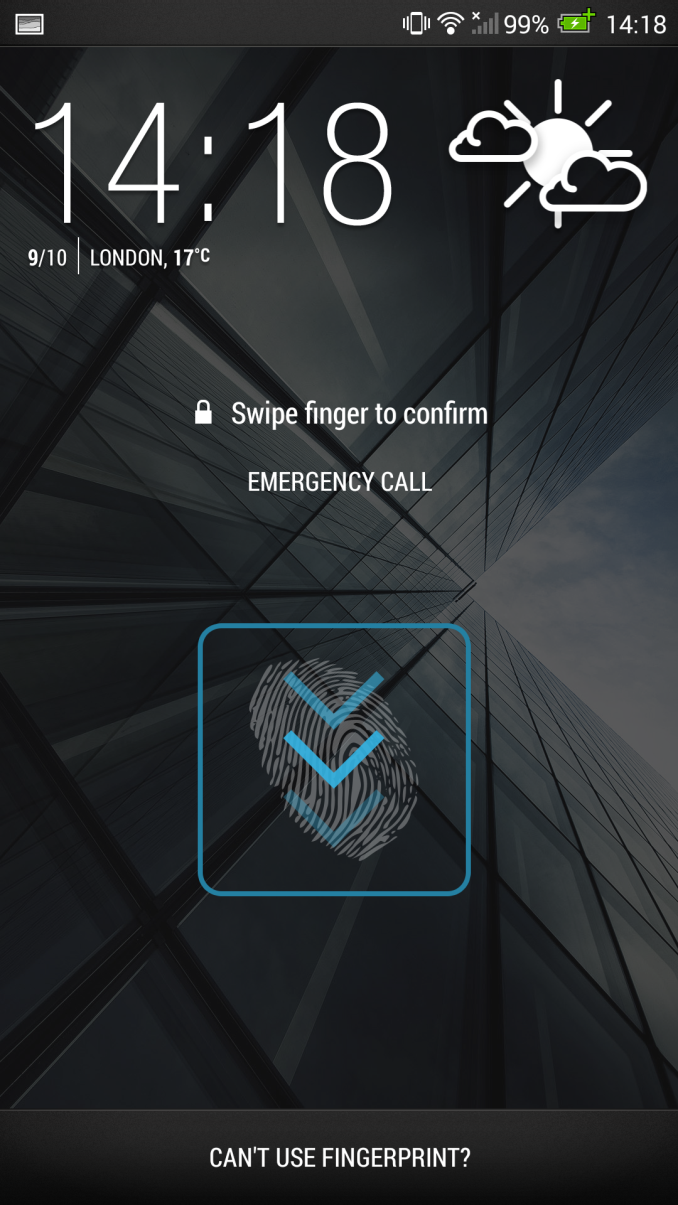

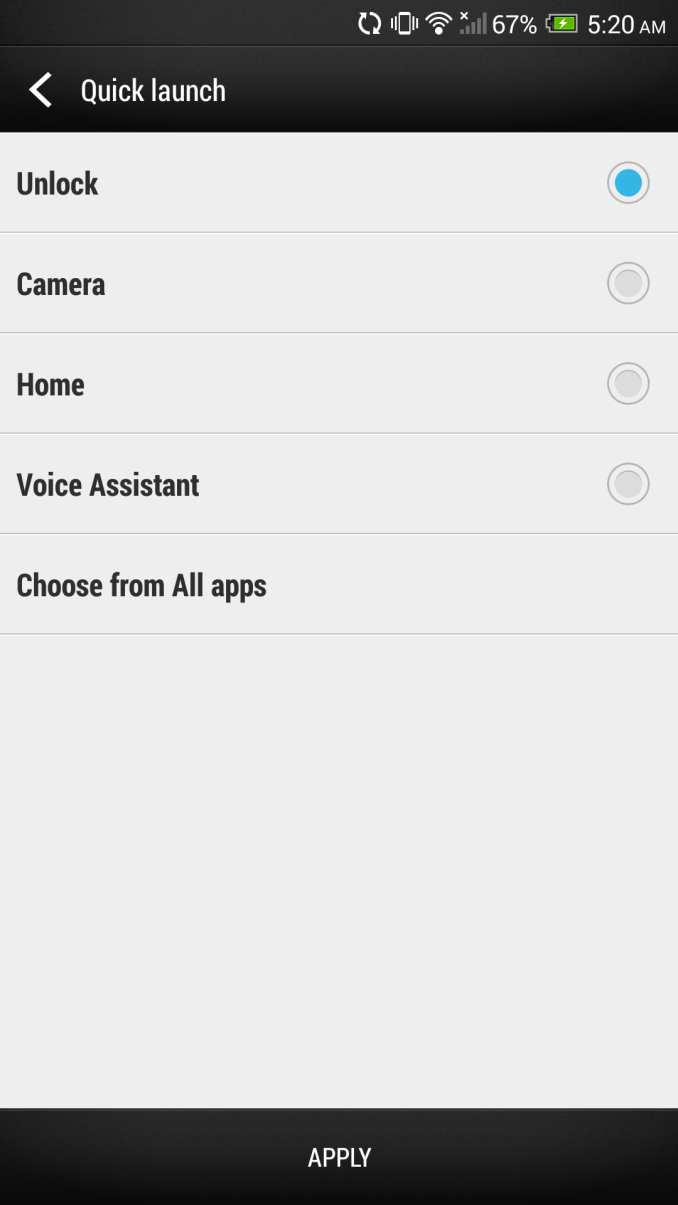








197 Comments
View All Comments
smartypnt4 - Monday, October 28, 2013 - link
One thing people always brag about on Android is consumer choice. If Samsung more fits your needs, more power to you. But I fail to see how removing one of the top tier Android phone manufacturers is a good thing. I don't want any one company to be massively ahead of the rest in market share, because I believe some competition is a good thing and prevents companies from resting on their previous success and putting out crap new products.Say what you will about mircoSD slots. Personally, I don't store much on my phone anyway, so it's not a big deal to me. But please don't espouse the absurd opinion that removing players from the Android space will in any way improve it.
smartypnt4 - Monday, October 28, 2013 - link
Shit. On my phone. Did not mean to reply to you, but rather the guy you commented on. My bad.JeffFlanagan - Monday, October 28, 2013 - link
>Shit. On my phone.OK, but you're going to need a new phone.
nerd1 - Monday, October 28, 2013 - link
HTC one is a nice device but it has too many deal breakers for me and more (no micro sd, sealed battery, almost non-repairable, terrible QC, low-resolution camera)They basically shot their own feet, trying the apple way, while being no apple.
smartypnt4 - Monday, October 28, 2013 - link
Clearly you missed my point. I'm not interested in arguing the merits of a removable battery or microSD card slot. All I'm saying is that dude needs to chill out. If the Android space is truly about choice, what do you care what HTC does as long as SOMEONE makes the phone you want. In this case, HTC's phones this year clearly don't meet your needs/requirements, and that's fine. Saying they shot themselves in the foot is a bit harsh, though. I know several people who bought HTC Ones over SGS4's simply because of how the thing felt when they held the device. Say what you will about specs, features, etc., but not everyone values the same things you do. Hard to accept, I know. But my good lord. Are you really so shortsighted as to believe that the general population gives a rat's ass about removable batteries, SD card slots, phone repairability (wtf?), anecdotal evidence of bad QC, and a camera that makes heavy tradeoffs (in this case, IQ for low-light performance)?Not everyone has exactly the same desires or needs as you. Which is the beauty of the Android space: people have the luxury of choice, which you only get with multiple manufacturers competing in the same space.
/endrant
nerd1 - Monday, October 28, 2013 - link
So the device w/o micro sd slot is effectively $100-200 more expensive than device with one.iPhone 5s 64GB: $399 w/contract, total storage 64GB
S4 16GB + 64GB sdxc : around $200 w/contract, total storage 80GB
I know companies prefer to removing the slot to sell the high capacity devices with greater margin (BOM difference of 16GB and 64GB devices is almost negligible) but why we consumers blindly follow what they are doing?
MKy - Monday, October 28, 2013 - link
I can understand Apple there. Adding an SD card slot would be adding a means for the user to completely ruin the experience. Internal flash of my Ipad 4 reads/writes about 160MB/s, don't know about the newer models. A cheap SD card reads about 4 MB/s, writes even worse. So imagine running apps off it or using it as data storage. Would be painful.Spunjji - Monday, October 28, 2013 - link
Simple solution: Refuse to support cheap-ass storage. Validate some cards and support those, refuse app installation to SD. My 64GB Micro SDXC benches faster than most phone NAND... it cost me £40.kyuu - Monday, October 28, 2013 - link
I haven't been able to find any actual data on the storage performance of the iPad 4 (or any iPad for that matter), but I find your 160MB/s number rather unlikely. The storage used in iPads is the same used in iPhones, to the best of my knowledge, which isn't very fast.MKy - Monday, October 28, 2013 - link
Actually it is that fast. You can find benchmarking tools in the app store and even measure it by hand - open a say 5 gig video in one app and then choose open in another, then count the seconds it takes to copy it over (the delay after issuing the command) and calculate. The flash in iphone 5 is about the same speed.